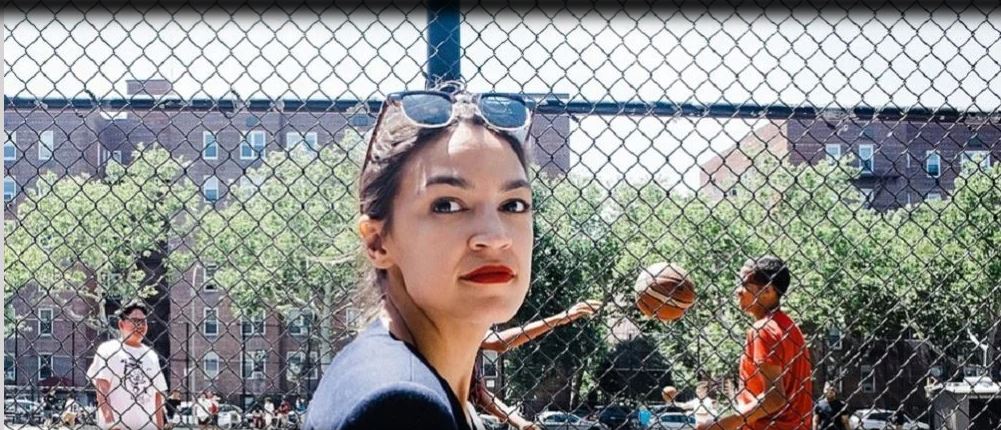As the post-revolutionary French will attest, pulling down those at the top is never a sustainable solution to inequality.
The liberal American economic narrative is intriguing. One of the most pressing socioeconomic challenges of our time, we’re told, is income inequality. While it once lay on the political fringe, the campaign to close the so-called income gap is gaining mainstream political traction, as shown by the rise of the socialist wing within the Democratic Party.
Indeed, solving income inequality sounds like a noble goal. The liberal argument is fairly candid, even superficially logical: No policy should further abject poverty. It is our duty to help the poor and downtrodden. We must, therefore, oppose the widening income gap.
In the words of Sheldon Cooper, I accept those premises but reject that conclusion.
With no shortage of reliable empirical data, political economist Larry Bartels of Vanderbilt University showed in his 2008 book, “Unequal Democracy,” that Democratic economic policies have historically bridged the income divide while Republicans have aggravated it. Based on this, it is not hard to build a narrative that Republicans only care for the wealthy, while Democrats champion equity and seek to raise up the poor. If only our politics could be this simple.
I will proudly concede what my side of the aisle often dismisses as hyperbole, but Republicans do not — indeed, should not — care about income inequality. Questions or problems framed in terms of inequality are the easiest in the world to solve.
If we are to take Bartels’ research seriously, which we should, Democratic policies generally succeed far more than Republican ones at leveling Americans’ income. But here is the problem with thinking in terms of inequality: by focusing on closing the gap, one is only concerned with the differential between two classes, regardless of how each class is doing independently.
But there is a larger reason Democrats are better at closing the wage gap: they invariably support policies that redistribute wealth from the top. Indeed, one of two methods is sufficient to fulfill Democrats’ promise of closing the gap: either the top must be pulled down or the bottom raised.
Framing the ultimate question as one of inequality blurs the significant differences in utility between the two methods and falsely suggests that the perfect solution lies in equalizing everybody’s finances.
Akhil Rajasekar – The Federalist – November 8, 2018.




